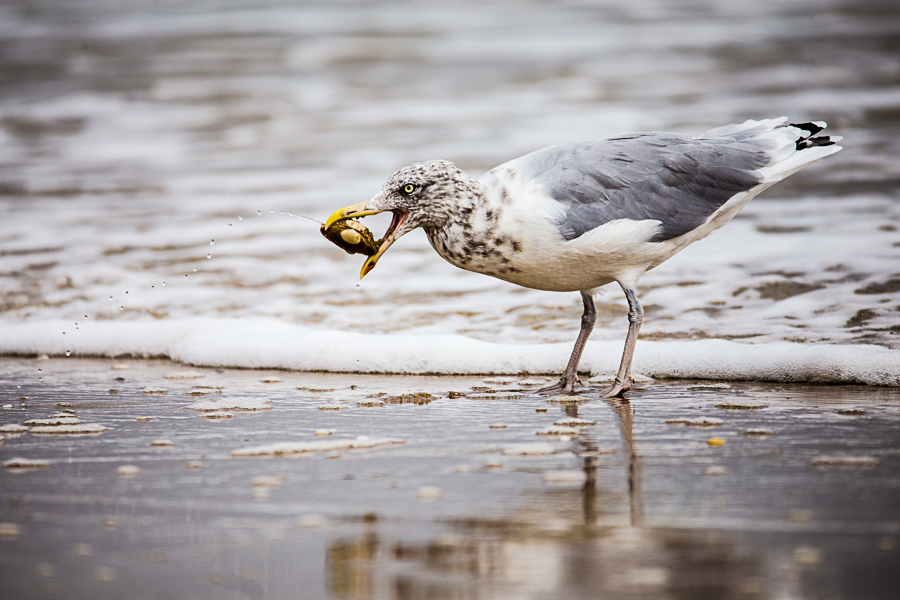The greatest thing about interchangeable camera lenses is the variety of optical designs, from ultrawide to supertelephoto and everything in between, that offer an incredible amount of variety for visual expression, creativity, and optical performance optimized for different photographic situations. And while it may be sometimes completely and totally obvious what types of photography a certain lens excels at—for example, everyone knows that Macros are designed to capture close-up details; telephoto lenses are great for long-reach wildlife and sports from the sidelines—many styles of camera lenses have lesser-known secret superpowers that can be called upon to make a photo. Let’s take a look!
Video Quicktips for Photographers
Our new video quicktips for photographers series offers advice for anyone who is looking to understand more about the techniques and technology that can help them make better pictures. Each episode is just a few minutes long and looks to explain and offer advice in an easy-to-grasp way. Check back all month long as we add new episodes to this series.
Great Camera Gear Ideas for the Summer Season from Sigma!
Great gear ideas for the summer, from the team at Sigma. Ideas for cameras and lenses for wherever you’re heading this sunny season!
The Great Everyday Lens: Sigma 18-200mm F3.5-6.3 DC OS HSM | C
The Sigma 18-200mm F3.5-6.3 DC OS HSM | C is a fantastic everyday lens for photographers looking for a compact, high-ratio zoom lens for small DSLRs
Rediscovering the Sigma 150-500mm F5-6.3 zoom lens for Outdoor Photography
The Sigma 150-500mm F5-6.3 zoom lens offers great versatatility and reach in a compact package, perfect for on-the-go wildlife and birding phtoography.
Tips for Super-telephoto Zoom Lens Photography
Supertelephoto lenses can help bring a whole new level to your photography; and it just takes a little practice to get the hang of some of the particulars of working with long-reach lenses. Here are some top tips for making the most of supertelephoto zoom lenses.
Prime Time: Focus on Fixed Focal Length Lenses
Prime lenses are designed for exceptional imaging at a single focal length. Unlike zoom lenses that easily span a given focal range and variable field of view with a twist of the zoom ring, the field of view and focal length remains constant. If you want to take in less of the surroundings with a given prime lens, you’ve got to physically move closer, and to take in more of the scene, you’ve got to back up. But of course, as you move, the angle of view remains the same all the while.
New Gear Checklist: Making the Most of Brand New Lenses, Cameras and Other Photo Gadgetry
Whether unwrapped as a surprise under the Christmas tree, or purchased with gift cards to take advantage of the great seasonal pricing on all sorts of photo-related gear and gadgetry this time of year, it’s a known fact that many photographers will be finding themselves the proud owners of new lenses, cameras, bags and accessories right around now. And whatever piece of new gear it is, it’s always important to check it out and run it through its paces before heading out to make a once-in-a-lifetime photo, to make sure you, the proud new owner, are both familiar with the gear, and ensure everything is working as it should.
Single-Shot Autofocus, or Continuous Autofocus, Or…
Learning how and when to use different settings and options for image capture is one of the most important parts of becoming a stronger photographer. There’s no setting or camera function that’s going to be perfect for all situations, while is exactly why there are so many options. For example, every DSLR offers a couple variations on Autofocus for either a Single-shot or Continuously tracking autofocus.
Each has it strengths and purposes, and even with that, there’s still times when switching the lens to manual focus is the best way to ensure that your chosen subject and focal point is sharp in the image. In this piece, we’re going to look at three photos of seagulls to briefly explore and explain the reasons why to choose one type of AF or manual focus over the others.
Mistakes, Mess-ups, and Missteps: It Happens to Everyone
One of our key missions here with the No Fear Photography blog postings is to teach photographers to take more creative control of their cameras in order to make stronger photos because taking the camera off full-auto-everything puts the power of shutter speeds, ISO and F-stops firmly in your hands. There’s many more variables, too, such as white balance, single/continuous Autofocus or manual focus, and so on to be tweaked and tuned. And the more controls you adjust, the more chance there is, that at some point in your photography, you are going to miss a shot due to operator error.


